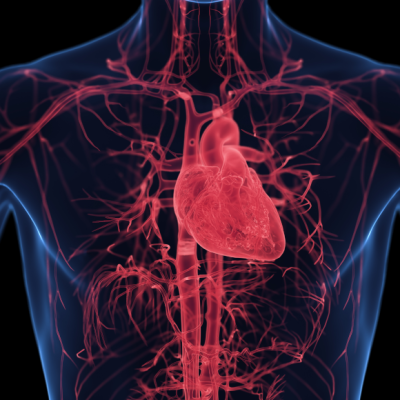A recent study conducted in Spain has found the presence of the dangerous hormone Bisphenol A (BPA) in baby socks. BPA is known to disrupt growth and contribute to autism, and is commonly used as an additive in plastic bottles and other plastics. Despite its controversial use, 400,000 tons of BPA were processed in Germany in 2010. The hormone is particularly harmful to babies and children, as it can interfere with their hormonal balance. The European Union has already banned the use of BPA in baby bottles, but it is still present in other baby products. The study, published in the journal Environment International, found that 90.6% of the 32 pairs of socks tested were contaminated with BPA, with concentrations ranging from 0.7 to 3,736 nanograms per gram of fabric.
The highest concentration of BPA was found in a pair of cheap socks from a local Spanish manufacturer. In addition to BPA, the chemical analysis also found parabens such as ethylparaben and methylparaben, which can also act like hormones in the body. The study also found that 83.3% of the cheap products had estrogen-like activity, compared to a much lower percentage in the more expensive brand-name products. While it is still unclear whether the chemicals in the baby socks are harmful to the hormonal balance, the authors of the study are concerned about the potential risk of babies ingesting the hormone through foot-sucking. They are calling for stricter regulation of endocrine disruptors in textile production by the Spanish government and the EU.
This study highlights the potential dangers of BPA and other endocrine disruptors in baby products, and the need for greater regulation to protect the health of infants and children. Parents should be aware of the risks and choose products that are free of harmful chemicals whenever possible. Manufacturers should also take responsibility for the safety of their products and work towards eliminating the use of endocrine disruptors in their production processes.










